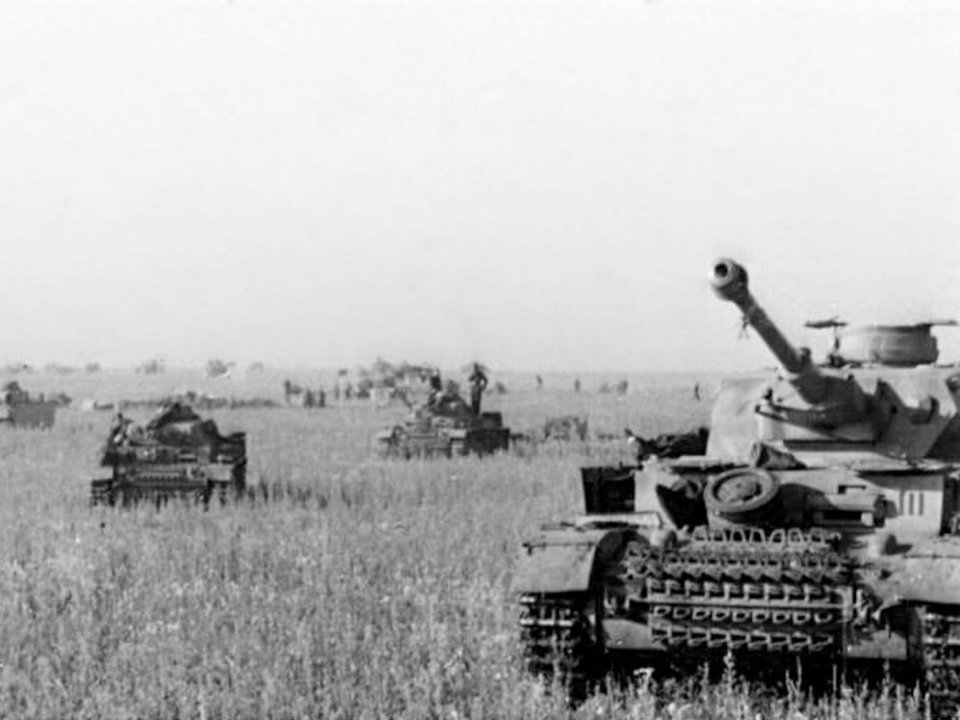
Predicted artillery fire is a method of shelling enemy positions using detailed calculations and maps: often called ‘map shooting’. This was achieved through night-time transportation of supplies, men, tanks and guns to the front line to avoid detection and not following the traditional tactic of using artillery to ‘soften up’ enemy trenches days before the actual attack went forward. The initial attack was a success because the enemy were taken by surprise. This new tactic was called ‘combined-arms warfare’. It was the new tactical way of combining airpower, artillery, infantry and armour by using infantry infiltration tactics, predicted artillery fire, sound ranging, battlefield intelligence and infantry-tank co-ordination.

The initial success of the British attack on the 20th November cannot just be put down to the use of tanks in large numbers.


What is normally not discussed are the advances in technology and tactics on both sides. ‘The first time tanks were massed together for an attack occurred on 20th November 1917 during the Battle of Cambrai.’ This often-used statement has been the focus of many accounts of that battle.


 0 kommentar(er)
0 kommentar(er)
